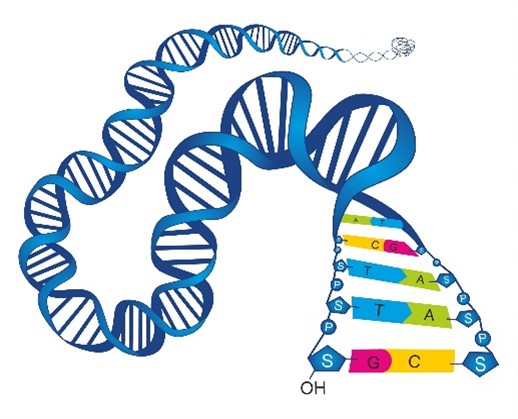1. Respiratory infections with similar symptoms and mixed infections
In recent years, respiratory infectious diseases are a popular area of public health research, and children, the elderly, malnourished, and chronically ill patients are susceptible groups, and infectious diseases of the respiratory tract are a common health threat to almost all humans.

Respiratory tract infections are diseases caused by disease-causing microorganisms that invade and multiply in the respiratory tract.It is divided into upper respiratory tract infections and lower respiratory tract infections, using the larynx as a boundary.
The main pathogens that cause respiratory infections contain viruses, bacteria, fungi and atypical pathogens. The viruses mainly include influenza virus, parainfluenza virus, respiratory syncytial virus, and adenovirus. Common bacteria include Haemophilus influenza, pneumococcus, and staphylococcus. Common fungi include Candida albicans and Pneumocystis jiroveci. Atypical pathogens include mycoplasma, chlamydia, etc.
The clinical symptoms of respiratory tract infections are more complex. They have similar clinical manifestations, and the same pathogen can cause multiple clinical symptoms, and the same clinical symptoms can be caused by multiple pathogens, so it is not possible to accurately diagnose the infecting pathogen by clinical symptoms. At the same time, there are also mixed infections in respiratory tract infections, which pose more challenges for clinical diagnosis.
2. PCR detection technology
There are various methods for the diagnosis of respiratory pathogens, each of which is described below.
Among the traditional detection methods, chest X-ray and blood routines have low sensitivity and specificity for bacterial live virus infections.
Isolated culture methods are more specific, but have a low positive detection rate, a long detection period, difficulty in collecting samples from the lower respiratory tract, a high probability of contamination, and low levels of viral infections that are not easily detectable.
Immunology-specific antibody detection methods are influenced by antibody kinetics, and pathogens can only cause respiratory symptoms if they invade target cells and proliferate actively, so the pathogen can be identified by antigen detection, but the sensitivity of this detection technique is low.
With the continuous innovation, promotion, and application of molecular biology technology, PCR detection technology has become increasingly mature. Compared with traditional detection techniques, PCR testing technology is easier to detect respiratory disease pathogens. At the same time, it is highly accurate, time-consuming, and can identify pathogenic microorganisms of mixed infections.

3. Free combination of Hecin‘s reagents
Rapid differential diagnosis of respiratory tract infections is important to clarify the pathogens, diagnose and treat respiratory tract infectious diseases, and avoid or reduce harm to patients.
Hecin takes the mission of protecting human respiratory health, always insists on the concept of independent research and development and independent innovation, and deeply cultivates in the development of diagnostic reagents for respiratory infectious diseases.
Hecin‘s PCR test reagents are composed of a single tube, which can be flexibly combined without limitation. These reagents can prompt the simultaneous detection of multiple pathogens in one sample, solving the problem of similar clinical manifestations and often mixed infections in clinical diagnosis.
Currently, Hecin has CE-certified PCR reagents that can be freely combined to detect 11 classes of respiratory pathogens:
1) COVID-19
2) IAV
3)  IBV
IBV
4) ADV
5) RSV
6) PIV1
7) PIV3
8) MP
9) HBoV
10) EV
11) EV71

Hecin‘s PCR test reagents have the characteristics of high sensitivity and simple operation, are suitable for the rapid diagnosis of diseases caused by respiratory pathogens infection, and are compatible with the fluorescent PCR platform.
Hecin‘s PCR test reagents are made into a freeze-dried powder reagent, which has strong stability and can be transported and stored at room temperature, eliminating the trouble of low-temperature cold chain transportation and storage; And different test items, made into different colors, easy to distinguish. The operation is simple and convenient, and the operator does not need complicated manual packaging operations,detectable.

In the post-epidemic era, the detection of respiratory pathogens is receiving more and more attention, and it is very important to provide reliable pathogenic test results to the clinic quickly, so Hecin is committed to providing more accurate, sensitive, convenient, and fast diagnostic products to the users.





